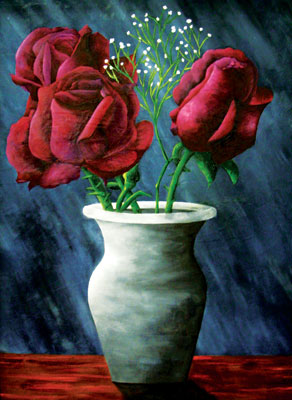All Nonfiction
- Bullying
- Books
- Academic
- Author Interviews
- Celebrity interviews
- College Articles
- College Essays
- Educator of the Year
- Heroes
- Interviews
- Memoir
- Personal Experience
- Sports
- Travel & Culture
All Opinions
- Bullying
- Current Events / Politics
- Discrimination
- Drugs / Alcohol / Smoking
- Entertainment / Celebrities
- Environment
- Love / Relationships
- Movies / Music / TV
- Pop Culture / Trends
- School / College
- Social Issues / Civics
- Spirituality / Religion
- Sports / Hobbies
All Hot Topics
- Bullying
- Community Service
- Environment
- Health
- Letters to the Editor
- Pride & Prejudice
- What Matters
- Back
Summer Guide
- Program Links
- Program Reviews
- Back
College Guide
- College Links
- College Reviews
- College Essays
- College Articles
- Back
A Tale of Two Cities
Many classic novels have two contrasting characters which add significance to the the apprehension of the novel. In the book A Tale of Two Cities, Charles Dickens creates two main contrasting characters, Lucie Manette and Madame Defarge. Lucie and Madame Defarge show the classic battle between good and evil. These two characters show their differences by their belief in change, love vs. hate, and their association with mythology.
There are many instances in the novel when Madame Defarge judges people on her first gut-feeling about them. She adds John Barsad right away to her hit list once she learns that he was a spy. “Eh my faith. It is a portrait! He shall be registered tomorrow!” pg 50. She thinks that John deserves to die because he made a mistake in the past and she doesn’t allow time for him to change. On the other hand, Lucie believes that there is hope for everyone. When finally meeting her father, everyone is doubtful that he will return to a normal mental state, but Lucie loves him at first sight. “With tears streaming down her face, she put her two hands to her lips, and kissed them to him...” pg 47. Lucie believes her father can change and become a better person. She gives him the benefit of the doubt while everyone else is weary about what will happen to him. Lucie gives hope onto her father.
The main battle between Lucie Manette’s and Madame Defarge’s personalities is the relationship between love and hate. Madame Defarge is full of hate and is always out for revenge, while Lucie is always delightful to be around and loves everyone. Madame Defarge explains to her husband, “when the time comes, let loose like a tiger and a devil; but wait for the time with the tiger and devil are chained” pg 182. She means that when they have the chance to murder someone, they need to take the opportunity to do it, because the person deserves it. Also, when the time comes to get revenge, they need to go after their suspect with the devil’s intentions. Lucie, on the bright side, radiates compassion and optimism. She fights for the good of the people and motivates people to be hopeful. “...his cold white head mingled with her radiant hair, which warmed and lighted it as though it were the light of Freedom shining on him” pg 49. Charles Dickens shows Lucie as a light of hope in comparison to Madame Defarge’s evil personality.
Charles Dickens uses many types of symbolism in this novel. One way he shows the differences between Madame Defarge and Lucie is by comparing them to mythology figures. Throughout the book Lucie is compared to being the Golden Thread of life. “She was the golden thread that united him to a Past beyond his misery, and to a Present beyond his misery; and the sound of her voice, the light of her face, the touch of her hand, had a strong beneficial influence” pg 84. When Lucie reunites with her father she gives him hope for a new and better life from that point on with her by his side. Furthermore, Madame Defarge is compared to the god, Atropos, which decides when a person dies and how their life will end. “She tied a knot with flashing eyes, as if to throttle a foe” pg 81. Throughout the novel, Madame Defarge is the leader of the revolution, and makes the hit list while knitting. She is the one who decides the fate of aristocrats and is in control of many people’s lives.
In the novel A Tale of Two Cities, Lucie Manette and Madame Defarge are the two main characters that have contrasting personalities. Lucie is the good, and Madame Defarge is the evil. The differences between them show how two people can affect the lives of many others in positive and negative ways.

Similar Articles
JOIN THE DISCUSSION
This article has 0 comments.
